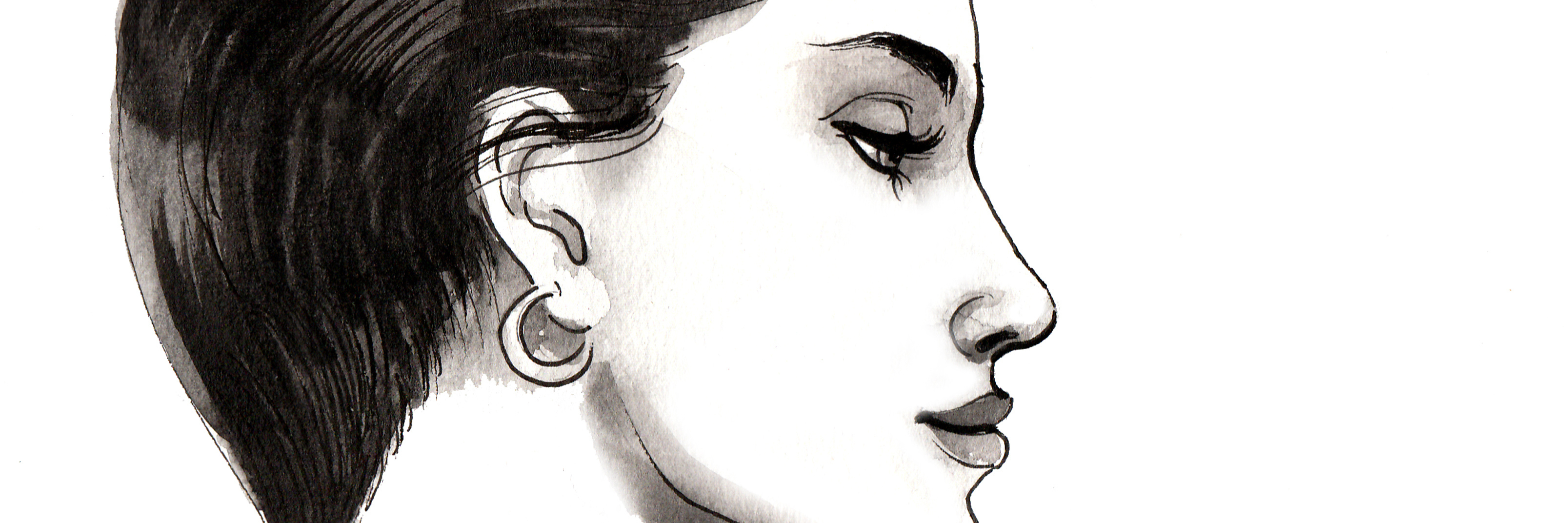From the outside looking in, most people would never peg me as someone with a mental illness. I’ve run my own successful business for 13 years, have a big social media fan base, tons of great reviews, have been married to the same man who is my best friend for 19 years, love what I do, am passionate and vocal about my beliefs and causes, have a good sense of humor and try to live life at a pace most people can’t seem to wrap their head around.
• What is PTSD?
But behind all this busyness is a person who struggles with a myriad of symptoms from C-PTSD brought on by childhood trauma. I struggle on a daily basis and I’ve gotten really good at hiding behind a mask of “perfection.”
Even on my best days, I have my moments when I struggle. But on my worst days, I sometimes wonder if I’ll make it through the day juggling so many balls in the air without dropping them all and having my whole world crash down around me.
It is of those days I’d like to speak. The days when I don’t feel strong. The days I don’t feel hope. I may not “feel” anything because the only way I can function is to go back to my old coping skill of shutting my feelings down completely.
Those days generally begin in the middle of the night. Most nights I deal with either insomnia (because my mind won’t shut the f*ck up) or gruesome nightmares that won’t quit. The nightmares often leave me exhausted and I usually wake up in a pool of sweat with my heart pounding out of my chest and my flight instincts on overdrive.
My mornings often begin early with work so I don’t have time to just go back to bed and hide until the demons leave my body and mind. I just have to shove them aside and suck it up. And I do. My morning continues with me taking my vitamins and anxiety meds, which hopefully will keep me on an even keel. But on the hard days, that’s usually not the case. I may need two or even three doses of my anxiety meds to just keep the pounding in my chest at a tolerable pace and to reduce the possibility of falling into a completely debilitating panic attack. In addition to that, I may need other over-the-counter meds to lessen the psychosomatic symptoms I experience from body memories that have been trapped there for decades from the trauma I experienced. My logic knows they aren’t real, but my body screams just the same.
Often on those days, I will have a therapy appointment in between work duties. I diligently go to my appointment, pouring my guts out and come home emotionally and physically spent. It’s at this point where I again have to just shove everything into a dark corner and slap a smile on my face because even though all I want to do is curl up on the couch with my cat in my comfy sweats, I now have to “perform” and give my clients the best of me that they expect and deserve.
What they may not know is that in between interactions with them, I may be fighting off a panic attack or having a flashback or a body memory and I’m doing everything I can to ground myself. Listening to music, watching videos of baby animals, drawing, lying on my back on the ground trying to do deep breathing exercises so I don’t hyperventilate. Sometimes I even clutch a special vase I have like a small child clutching a teddy bear because in a dream, I once envisioned a safe place in a vase like it and it helps remind me I’m safe.
By the time bedtime rolls around I’m physically and emotionally spent. I know I should go to bed because I have to be up early to start the whole routine all over again, but part of me is afraid of going to sleep because I don’t want to have the nightmares. Part of me is ruminating over every perceived mistake or imperfection that may have occurred throughout the day. In my mind, I rehash conversations, catastrophizing things that aren’t really a catastrophe.
That’s what it’s really like to be someone who has PTSD and is “high-functioning.” Not all days are like this, but they happen more often than anyone knows — even more than those who are closest to me know. Because I hide. I’m a master at hiding. I learned how to hide as a small child when there were real monsters I had to hide from. I honed those skills as a broody teenager struggling with anorexia and trying to hide it from everyone. I perfected it as a capable functional adult hiding and hoping that if I kept myself busy enough, I wouldn’t feel any pain.
I’m learning to stop hiding so much. To start letting myself be human and to give myself more time to be imperfect and not be OK all the time. But that’s an ongoing struggle that I continue to perfect. How ironic.
If you or someone you know needs help, visit our suicide prevention resources page.
If you struggle with self-harm and you need support right now, call the crisis hotline at 1-800-273-8255 or text “START” to 741-741. For a list of ways to cope with self-harm urges, click here.
Thinkstock photo via berdsigns.

